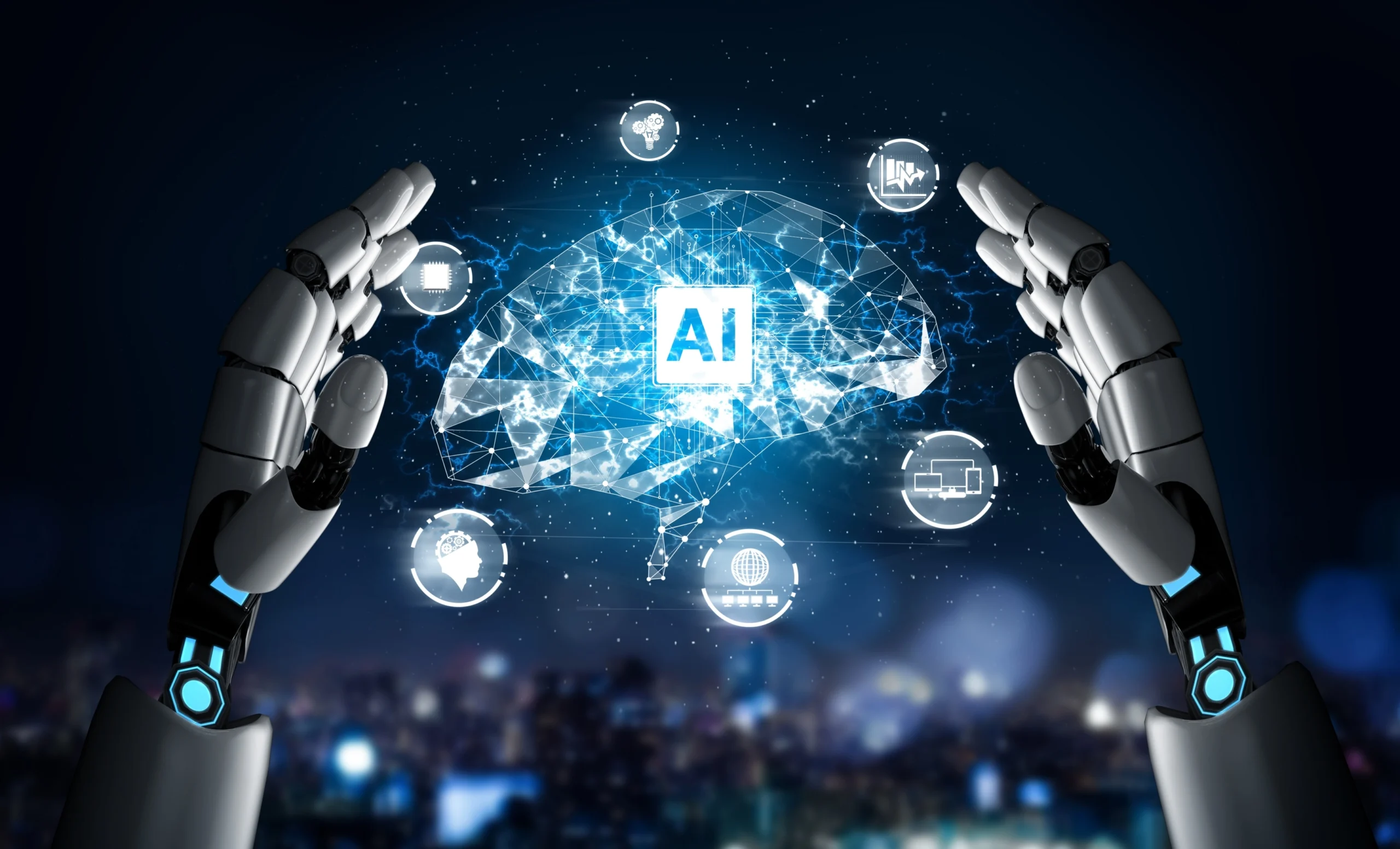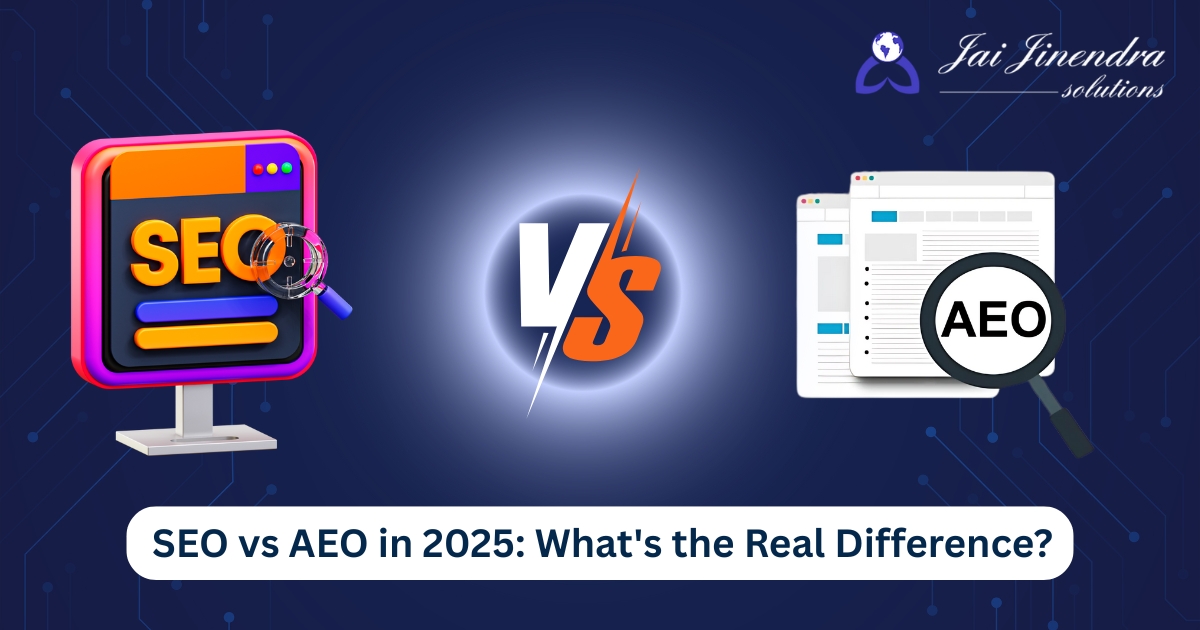Introduction
Artificial Intelligence (AI) has revolutionized the way we write, communicate, and process information. From automated essays to business reports, AI-generated text has become increasingly common. However, with the rise of these technologies comes the challenge of identifying content created by machines rather than humans. This is where tools like detector de IA and détecteur IA come into play. These detection systems are designed to analyze written content and determine whether it was produced by AI or by a human.
This article explores what these tools are, how they work, their advantages, challenges, and their role in education, business, and digital content creation.
What Is a Detector de IA / Détecteur IA?
A detector de IA or détecteur IA is a software application that evaluates text, images, or other media to determine whether it has been generated by artificial intelligence. These tools are especially used in academic settings, publishing industries, and online platforms where authenticity and originality are crucial.
They work by scanning the content, comparing writing style patterns, analyzing linguistic structures, and checking statistical likelihoods against known datasets of human and AI writing. The result is usually presented as a probability score, indicating how likely the content was generated by AI.
Why AI Detection Tools Are Needed
The widespread use of AI writing assistants has raised concerns across multiple industries. Some key reasons for using AI detectors include:
1. Academic Integrity
Students may use AI tools to complete essays, research papers, or homework assignments. Universities and schools rely on AI detectors to ensure that submitted work reflects a student’s own effort and understanding.
2. Content Authenticity
In journalism, blogging, and creative writing, readers expect genuine human perspectives. AI-generated content may lack originality or emotional depth, making detection tools important for maintaining credibility.
3. Online Security
AI can also generate fake news, spam messages, or phishing content. Detection tools help organizations filter harmful or misleading information.
4. Copyright and Intellectual Property
Businesses and authors want to ensure their original content is not being plagiarized or replaced by machine-generated imitations. AI detectors provide a safeguard against misuse.
How AI Detectors Work
The functioning of a detector de IA or détecteur IA is based on advanced computational techniques. While methods vary, the following are the most common approaches:
1. Linguistic Pattern Recognition
AI models tend to produce text that is grammatically correct but may lack stylistic diversity. Detectors analyze sentence structures, vocabulary repetition, and coherence levels to find clues of machine authorship.
2. Probability Analysis
These tools use algorithms to assign probability scores. If certain words, phrases, or structures appear more often than they naturally would in human writing, the system flags the content as likely AI-generated.
3. Semantic Analysis
Some detectors go deeper into meaning. They check whether the text maintains logical flow or if it shows inconsistencies typical of machine writing.
4. Training Data Comparison
Detectors are trained on large datasets of both human and AI-generated texts. By comparing a new text to these examples, the system determines similarities and differences.
Popular Use Cases for Detector de IA / Détecteur IA
AI detection tools are now applied across many industries. Some common applications include:
Education
Schools and universities use them to verify student work. For example, an essay submitted online can be analyzed instantly to determine whether it was written by AI.
Publishing and Media
Editors use detectors to ensure articles are written by professional journalists and not mass-produced by AI bots, which can undermine trust.
Recruitment and HR
Job applicants may use AI to draft cover letters and resumes. Employers may rely on detectors to evaluate whether an application reflects the candidate’s authentic skills.
Online Platforms
Social media companies and discussion forums use detection systems to reduce spam, misinformation, and bot-driven content.
Advantages of Using AI Detection Tools
- Maintains Academic Honesty – Helps educators uphold fair grading standards.
- Builds Trust in Media – Ensures readers know the source is authentic.
- Protects Businesses – Prevents intellectual property misuse.
- Improves Security – Detects fraudulent or harmful content early.
- Encourages Human Creativity – Motivates individuals to rely on personal expression rather than automated shortcuts.
Limitations and Challenges
Despite their usefulness, detectors de IA / détecteurs IA face several challenges:
1. False Positives
Sometimes, human-written content is mistakenly flagged as AI-generated. This can cause unfair consequences for students or professionals.
2. Evolving AI Models
AI writing tools are constantly improving, making them harder to detect. Detectors must be updated frequently to stay accurate.
3. Language Variability
Detection accuracy may drop in languages other than English, or when analyzing highly technical or creative writing styles.
4. Over-Reliance
Institutions that depend too heavily on detectors may neglect deeper evaluations, such as understanding student learning or journalistic integrity.
Detector de IA vs Détecteur IA: Language Perspectives
The terms detector de IA (Spanish) and détecteur IA (French) highlight how global this issue has become. While the concept is the same, different linguistic communities adapt the technology to meet local educational, business, and legal requirements.
- In Spanish-speaking countries, educational institutions are increasingly integrating AI detection software into their plagiarism-checking systems.
- In French-speaking countries, media organizations and universities emphasize ethical content creation and rely on detectors to ensure transparency.
This shows that AI detection is not limited to English-speaking contexts; it is a worldwide necessity.
Future of AI Detection
As AI evolves, so will detection tools. Some future directions include:
1. More Sophisticated Algorithms
Detectors will combine multiple analysis methods—linguistic, semantic, and contextual—to improve accuracy.
2. Multilingual Support
Global demand will push companies to develop reliable detectors in languages beyond English, Spanish, and French.
3. Integration with Existing Systems
Detectors will be built directly into writing platforms, email systems, and educational software for real-time detection.
4. Ethical Guidelines
As detection tools influence decisions in academia and business, ethical standards will be needed to ensure fairness and transparency.
Best Practices for Using AI Detectors
To maximize the effectiveness of detectors de IA / détecteurs IA, organizations should adopt some best practices:
- Use as a Complement, Not Replacement – Combine AI detection with human evaluation.
- Educate Users – Teach students, employees, and writers why originality matters.
- Update Regularly – Ensure tools are aligned with the latest AI models.
- Be Transparent – Inform users when and how their work is analyzed.
- Respect Privacy – Avoid storing or misusing personal data during detection.
Conclusion
The rise of AI-generated content has created both opportunities and challenges. While AI can support creativity and efficiency, it also raises concerns about authenticity and originality. Tools like detector de IA and détecteur IA play a crucial role in addressing these concerns by identifying machine-generated text and ensuring content integrity.
Check out new and latest article to see by clicking here.



